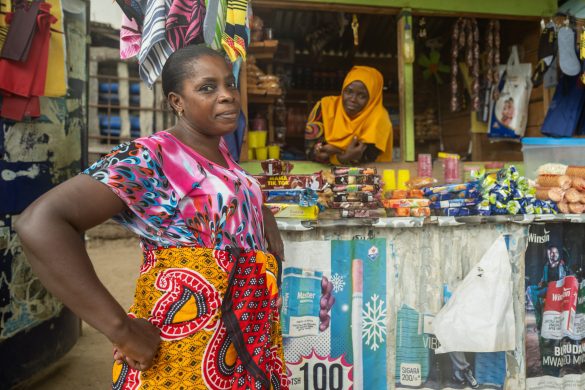A new World Bank report says Latin American countries need to fight poverty more aggressively if they want to grow more and compete with China and other dynamic Asian economies.
– The economic performance of Latin America in the last decades has been disappointing, with the region lagging behind the dynamic Asian economies, says Pamela Cox, the Banks Vice-President for Latin America and the Caribbean.
– Among other things, poverty itself is hampering the regions growth and unless the constraints affecting the poor are addressed, strong growth will remain elusive, added she.
Latin Americas per capita GDP fell by 0,7 percent during the 1980s and increased by about 1,5 percent per year in the 1990s, with poverty levels hardly changing. Meanwhile, Chinas annual per capita growth was about 8,5 percent and poverty fell by 42 percentage points.
Most Unequal Region
According to the report, “Poverty Reduction and Growth: Virtuous and Vicious Circles”, while growth is key for poverty reduction, poverty itself is hindering growth in Latin American countries.
Latin America remains one of the most unequal regions in the world with close to one person in four living on less than two US dollar (12,40 DKR) a day.
The report looks at how poverty affects growth. It finds that a 10 percent drop in poverty levels, with other things being equal, can increase economic growth by one percent. In turn, a 10 percent increase in poverty levels can lower the growth rate by one percent and reduce investment by up to eight percent of GDP.
This, the report says, is because the poor, who generally lack access to credit and insurance, cannot undertake many of the profitable activities, which fuel investment and growth. This creates a vicious circle in which low growth results in high poverty, and then in turn, high poverty results in low growth.
The report says poor regions lack infrastructure and so fail to attract investment. Poor families, faced with high opportunity costs, substandard schools, and dim prospects of accessing a university education, under-invest in the nutrition and education of their children. And it says poor countries with high inequality experience social tensions, which make it difficult to create a healthy business climate.
Fighting Poverty
– In order to move from a vicious to a virtuous circle, we need to launch a broad-based attack on poverty that feeds back into higher growth that in turn reduces poverty, says Guillermo Perry, co-author of the report and the Banks Chief Economist for Latin America and the Caribbean.
– Fighting poverty is not only good for the poor; it is also good business for the whole of society, he noted.
The study proposes some priorities for a pro-growth poverty reduction strategy. These include:
– improving the quality of education and expanding opportunities to reach the secondary and tertiary levels,
– boosting investment in infrastructure,
– extending access to credit and financial services,
– preserving macro-economic stability, and
– implementing effective social policies.
The report says as the poor are often disadvantaged in several ways, it is important to coordinate public investments and policies in the different areas to maximize their impact.
These kinds of strategies are particularly important to complement policies like trade liberalization, which are essential for long-term growth and poverty reduction, but can also have negative short-term effects on poverty and inequality.
As Perry notes: – The benefits of trade can be greatly enhanced if countries complement their agreements with investments in areas such as education, infrastructure, and conditional transfers for poor regions and farm workers who may suffer in the transition.
The study also reveals big differences in prosperity between regions within countries.
For example, in 2000, income per capita in the poorest municipality in Brazil was barely 10 percent of that in the richest; and in Mexico, per capita income in Chiapas was only 18 percent of that in the capital.
Kilde: www.worldbank.org















